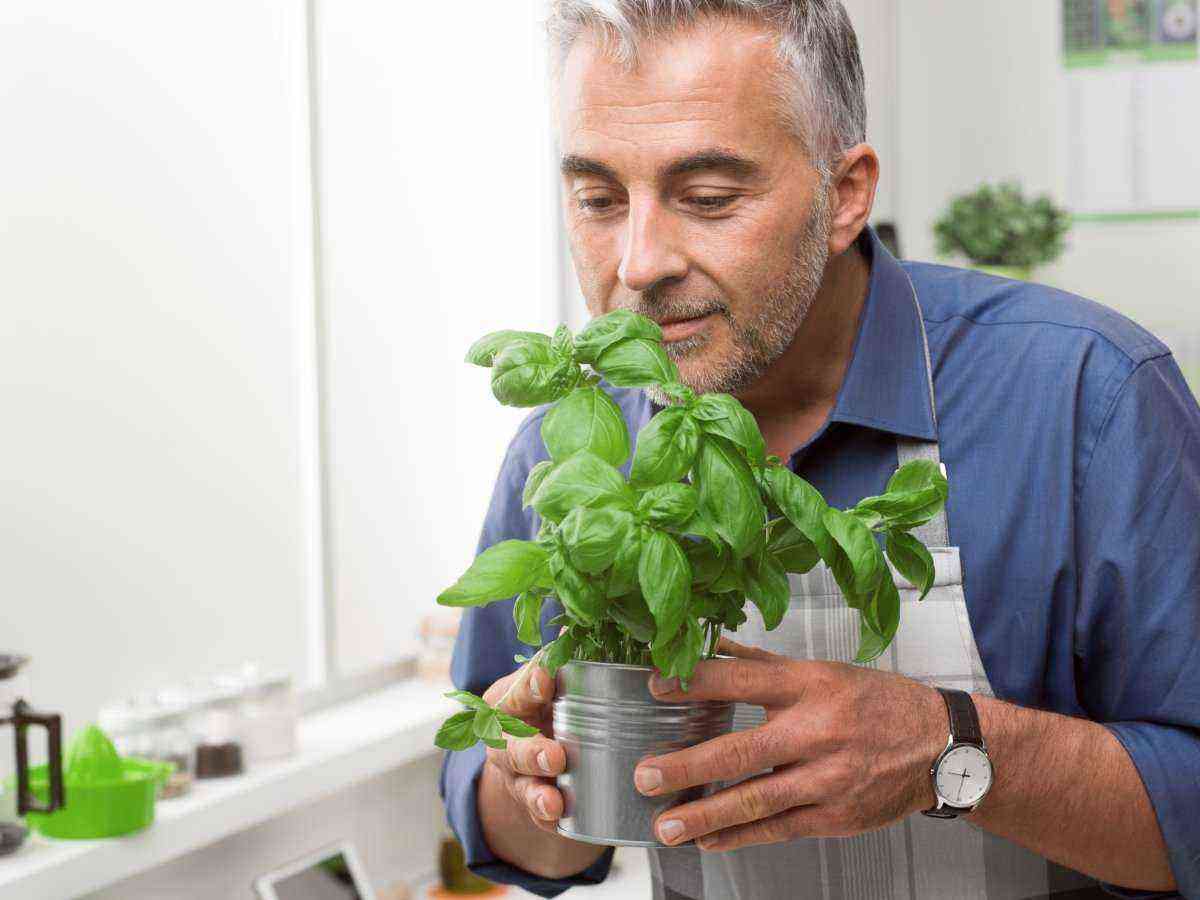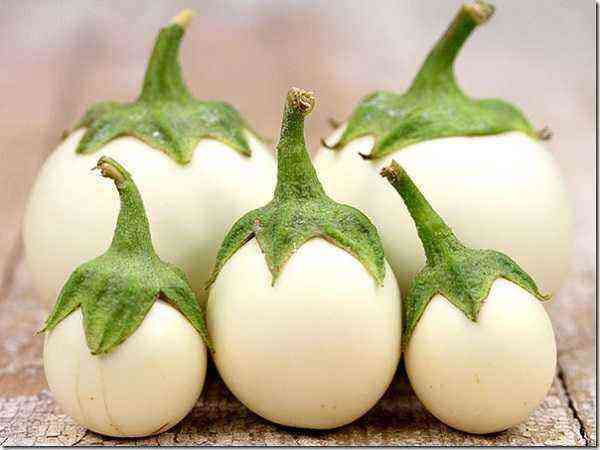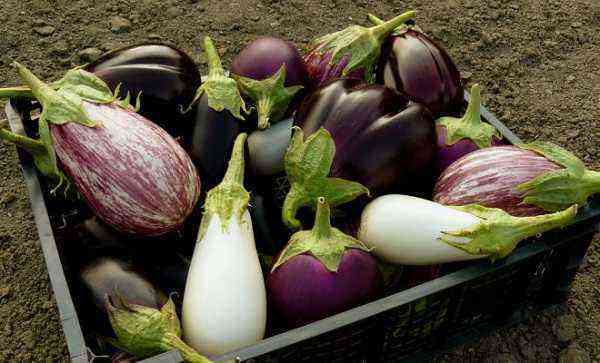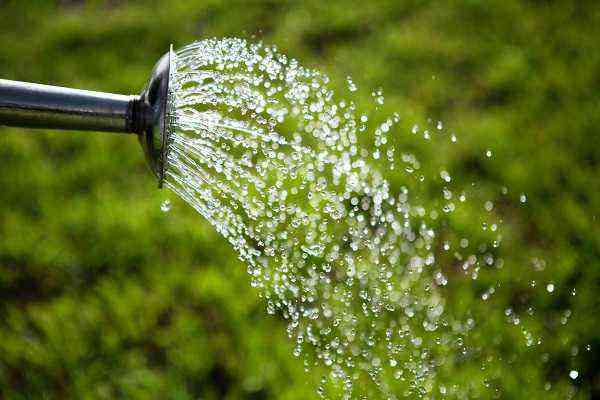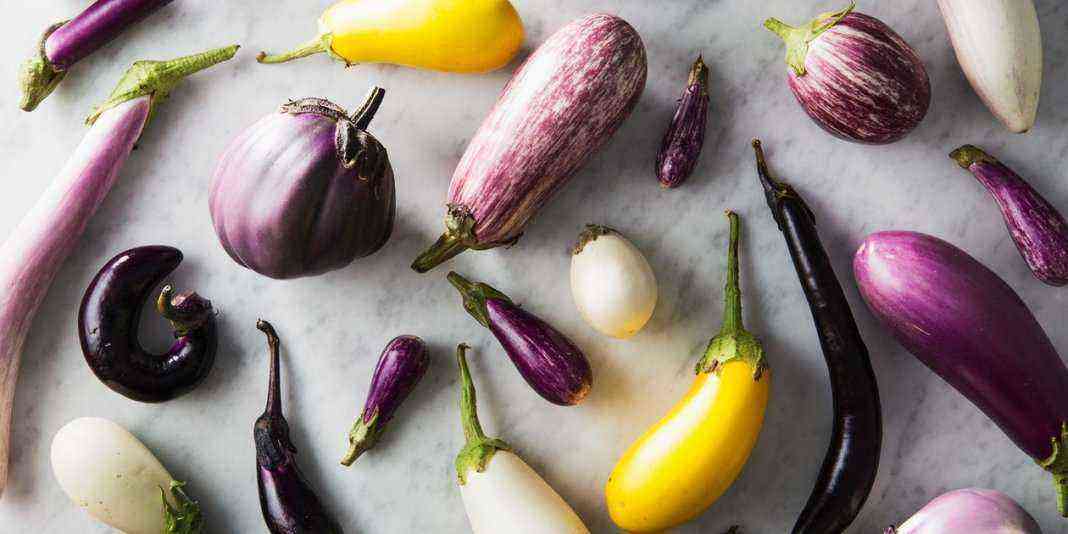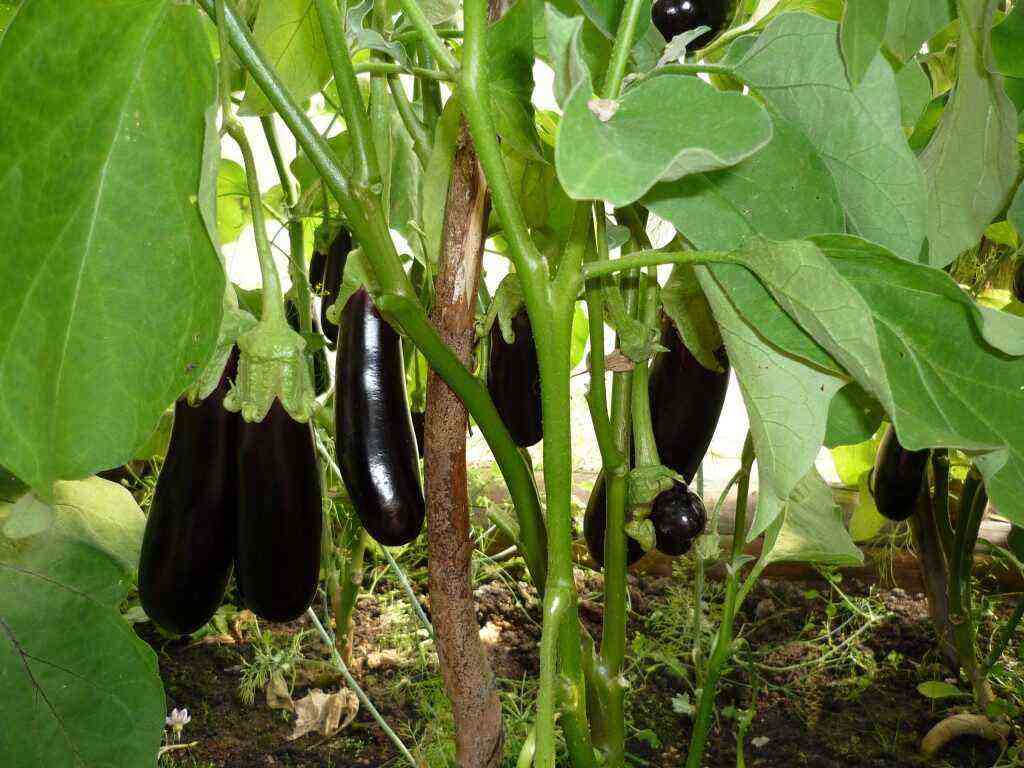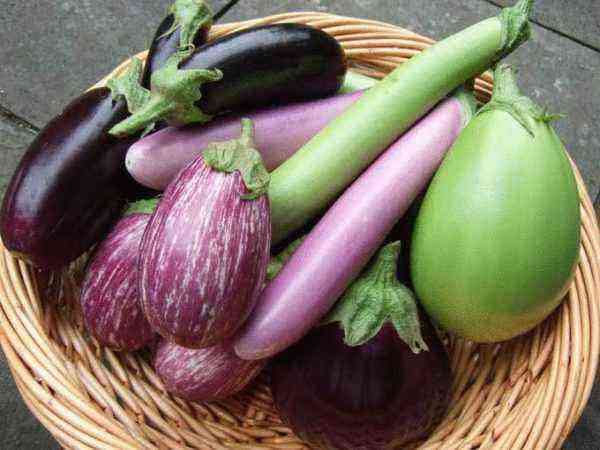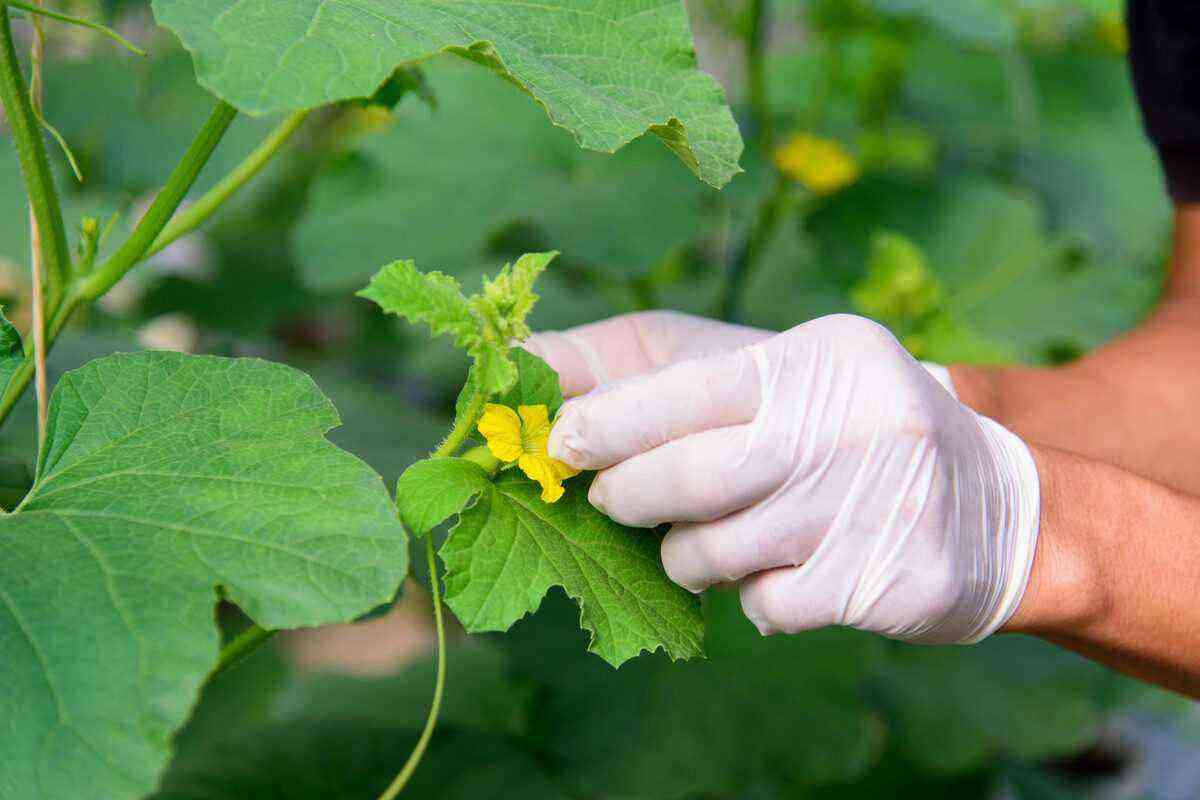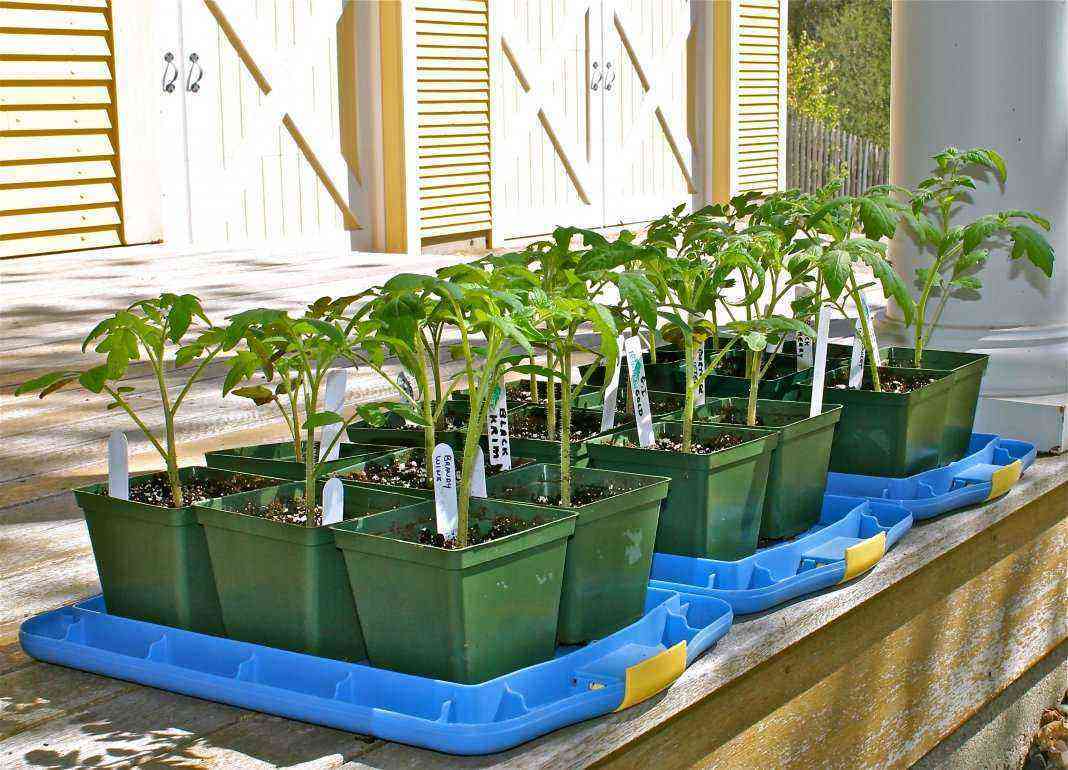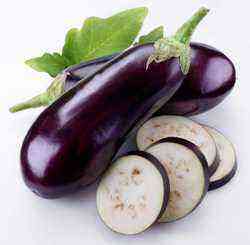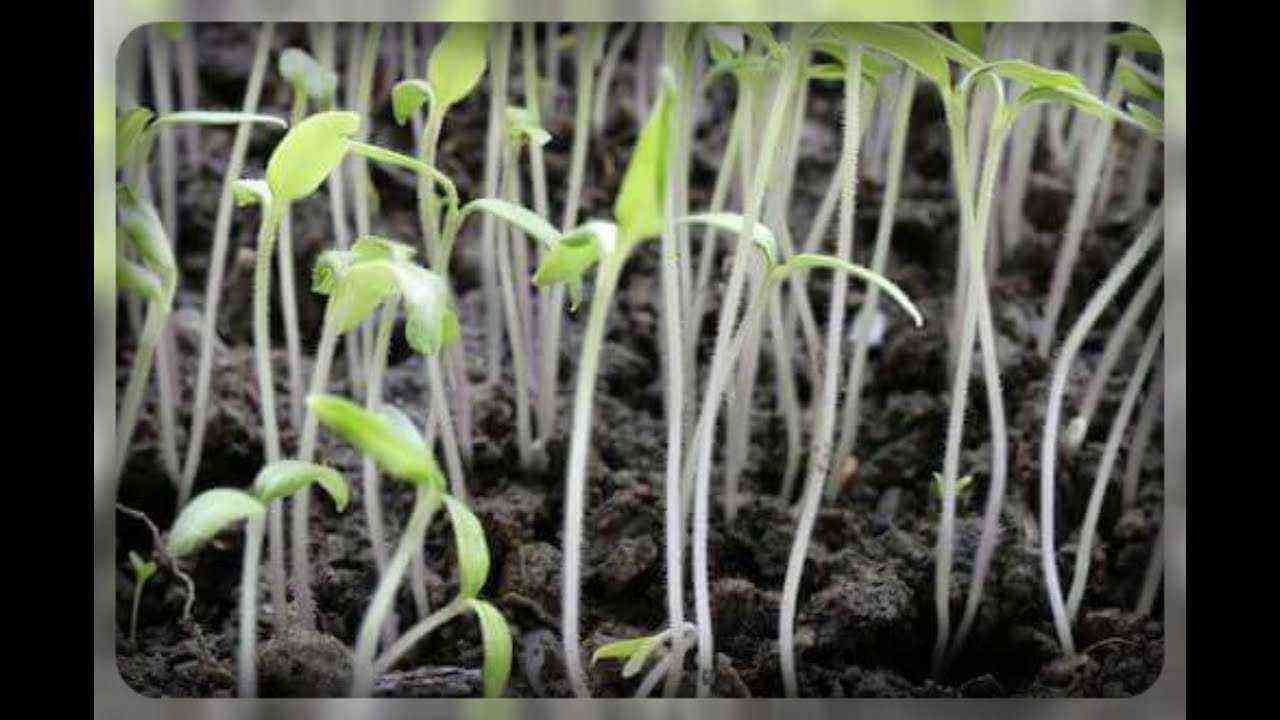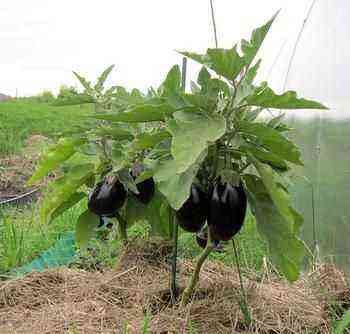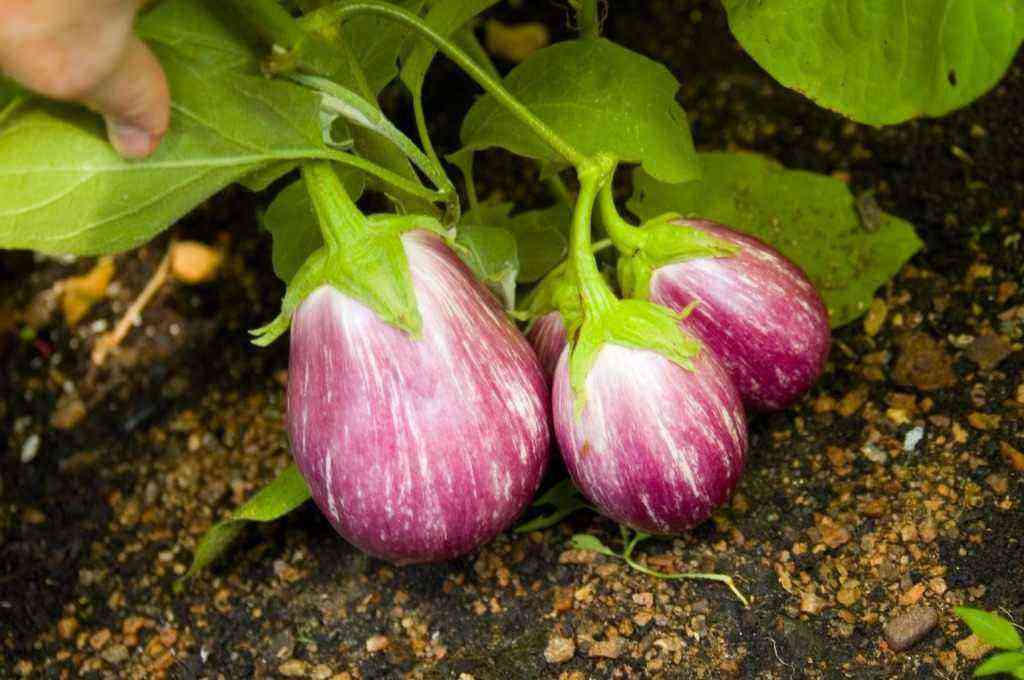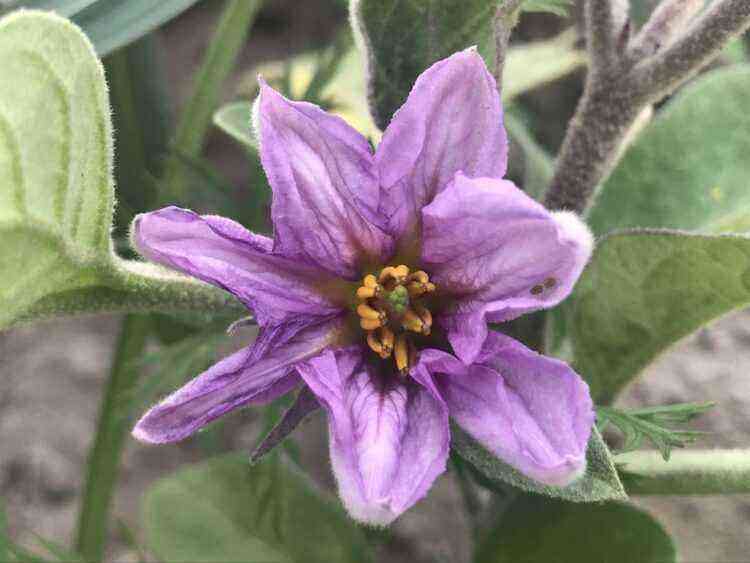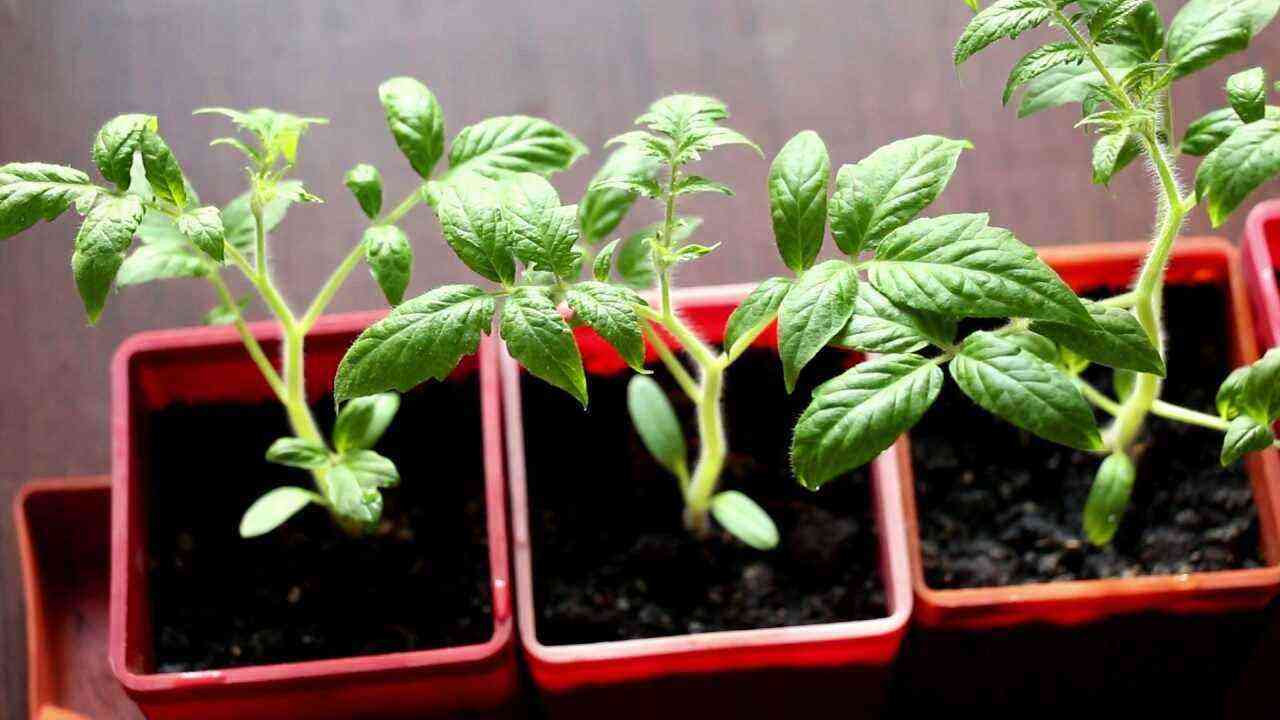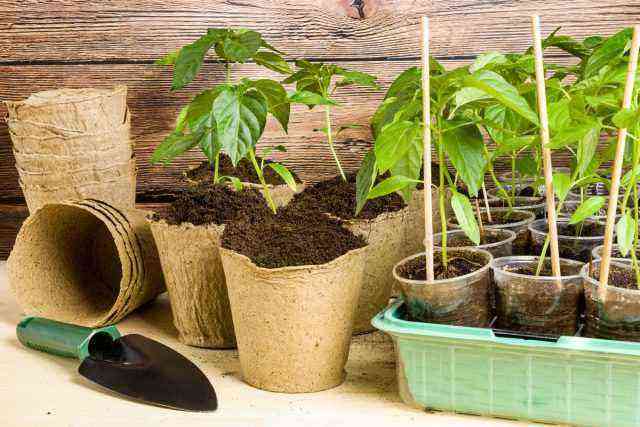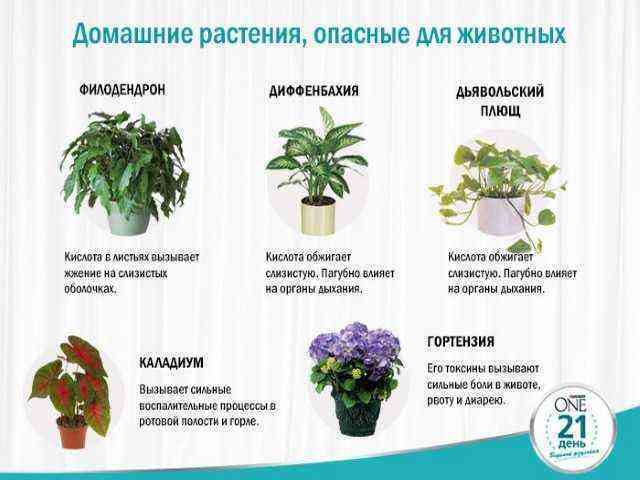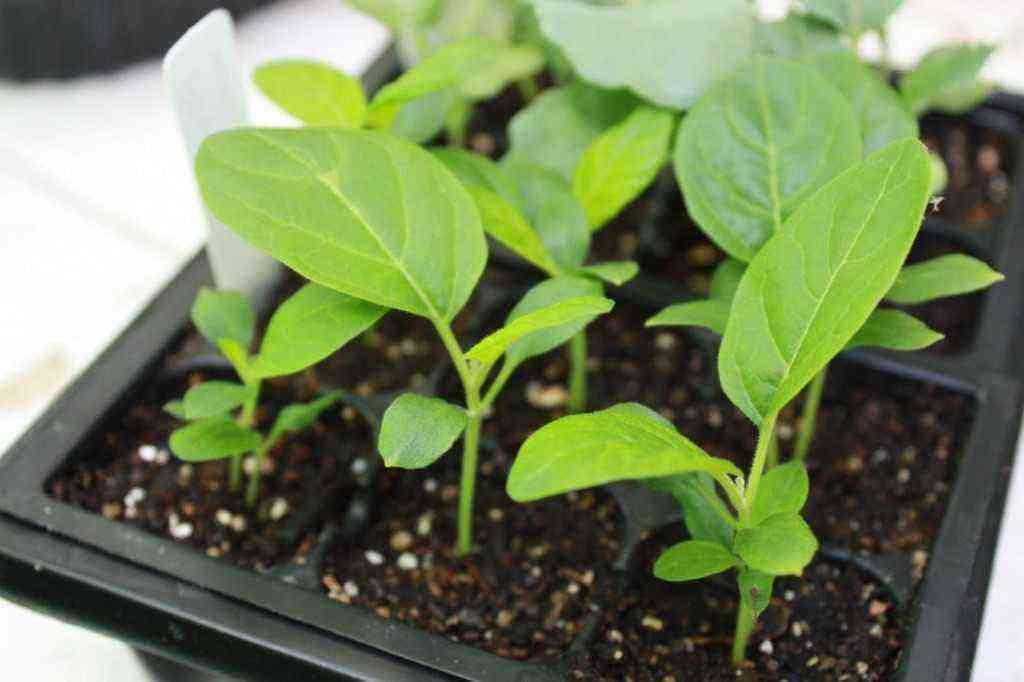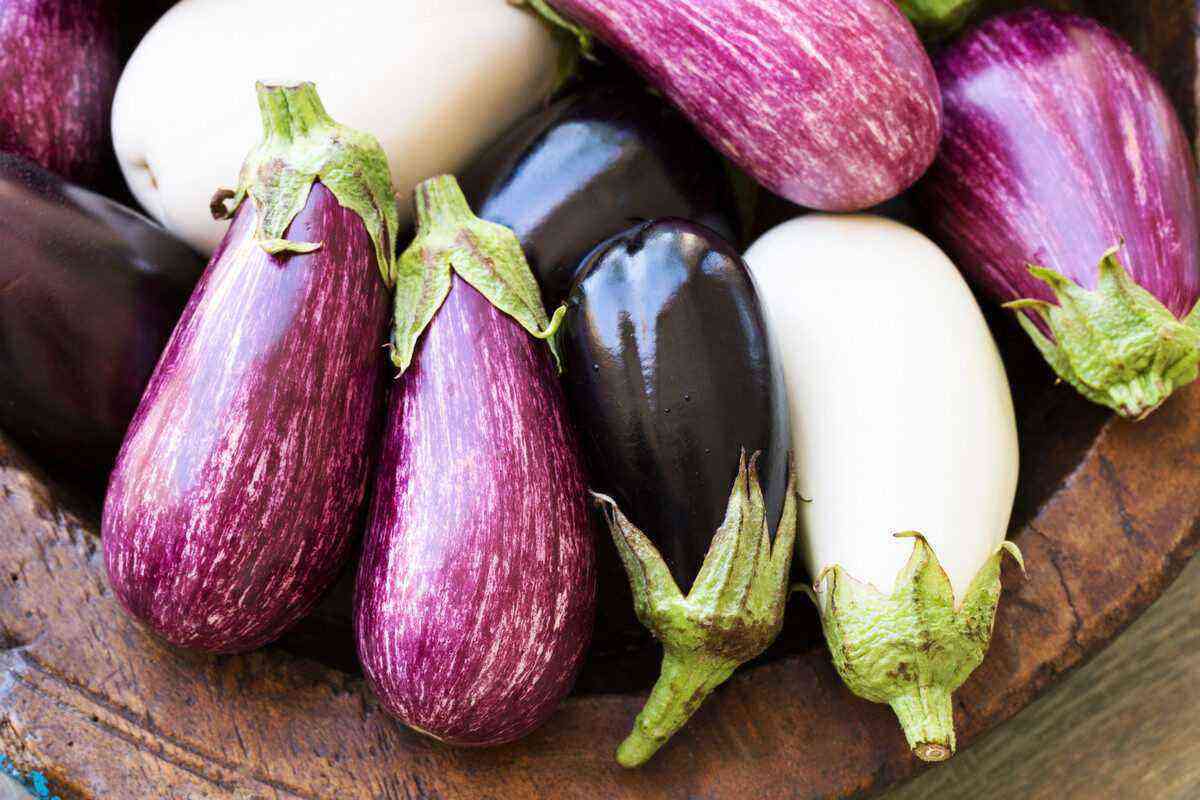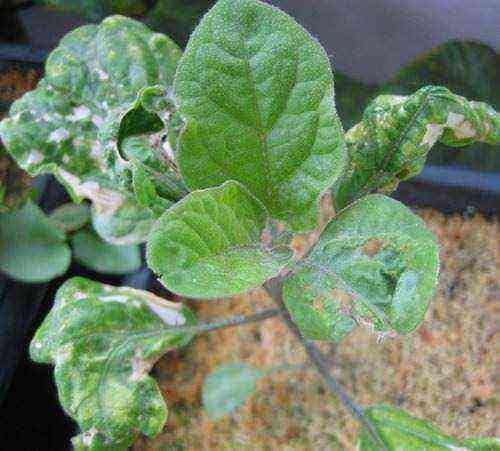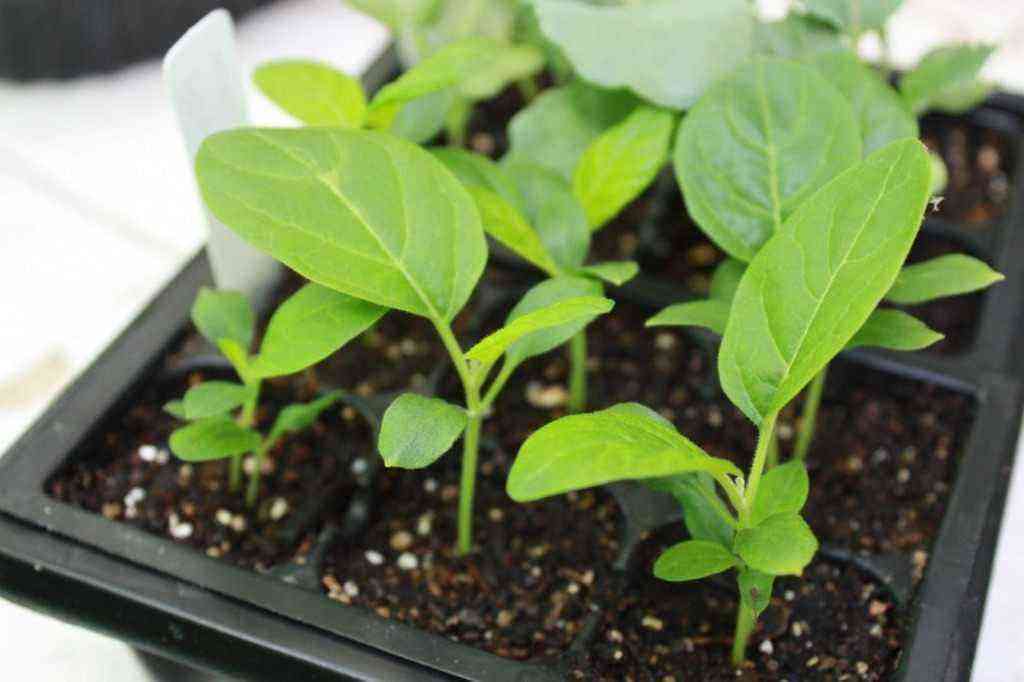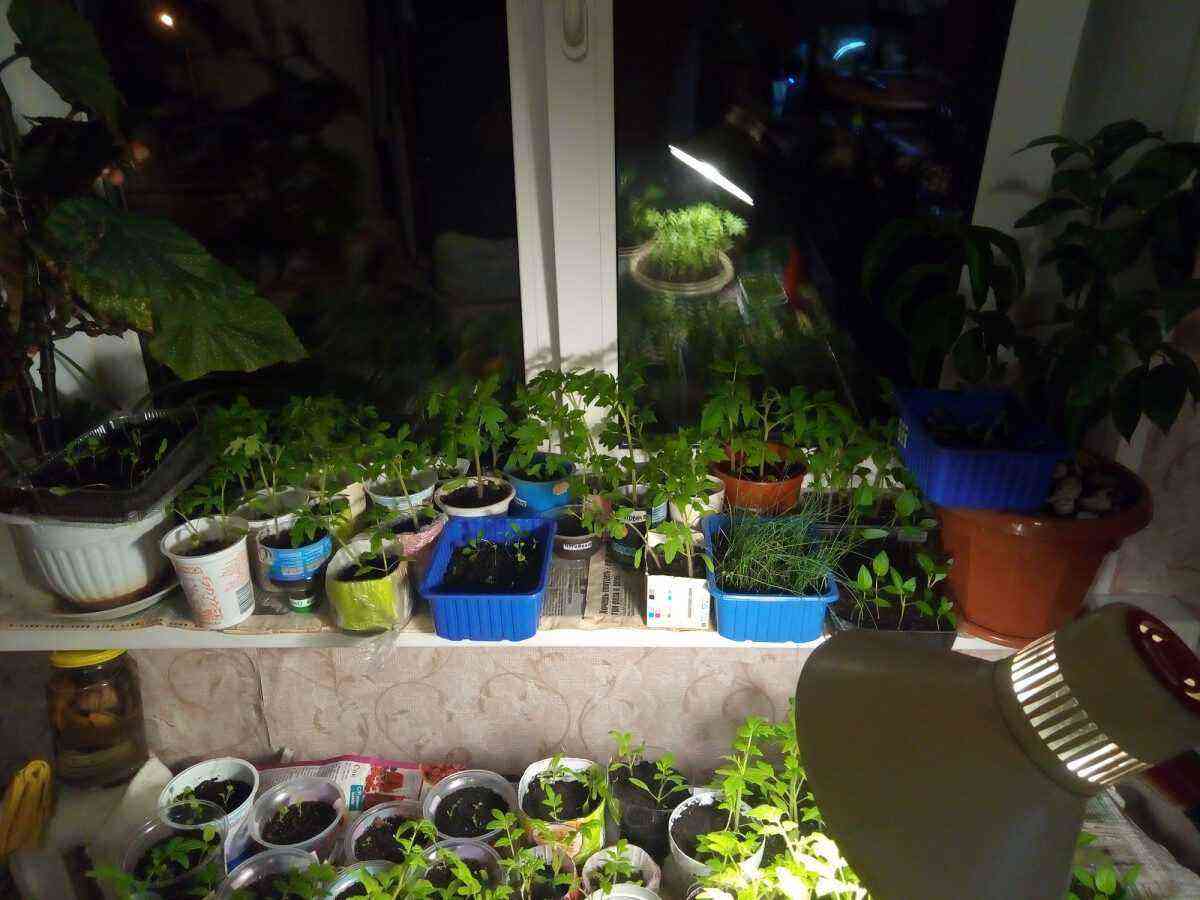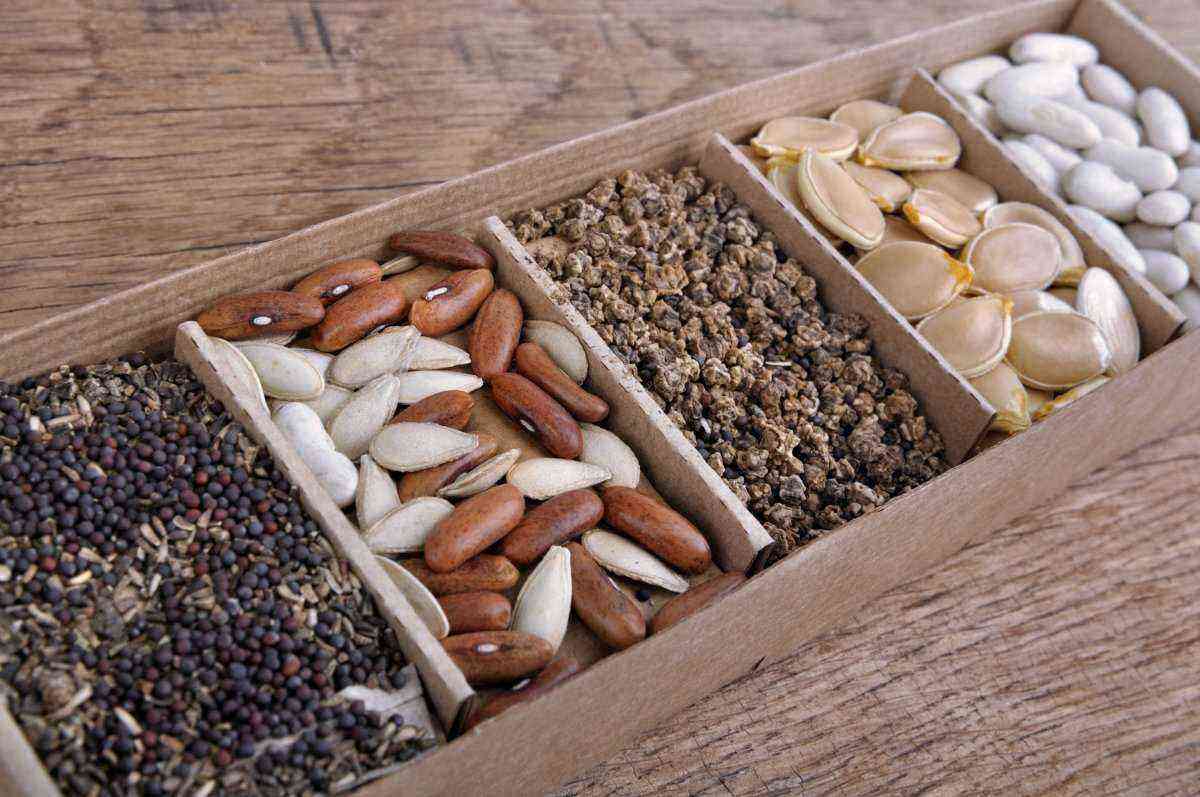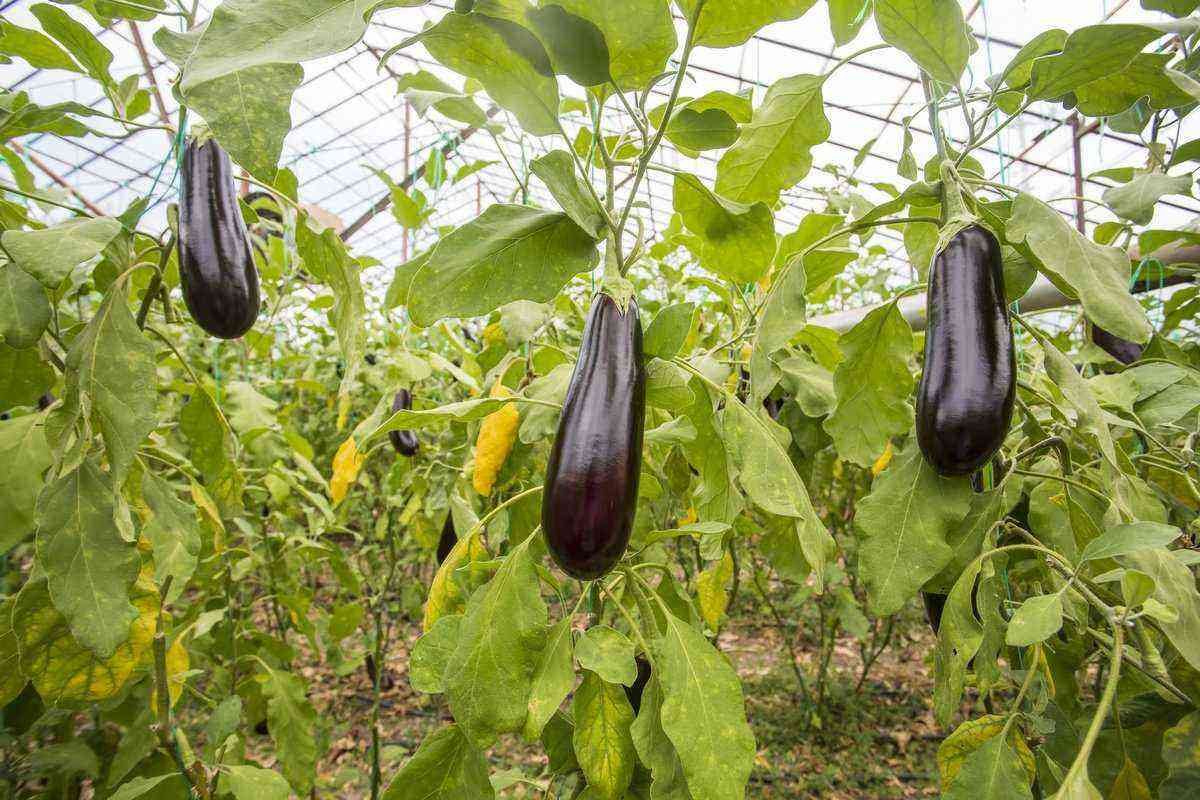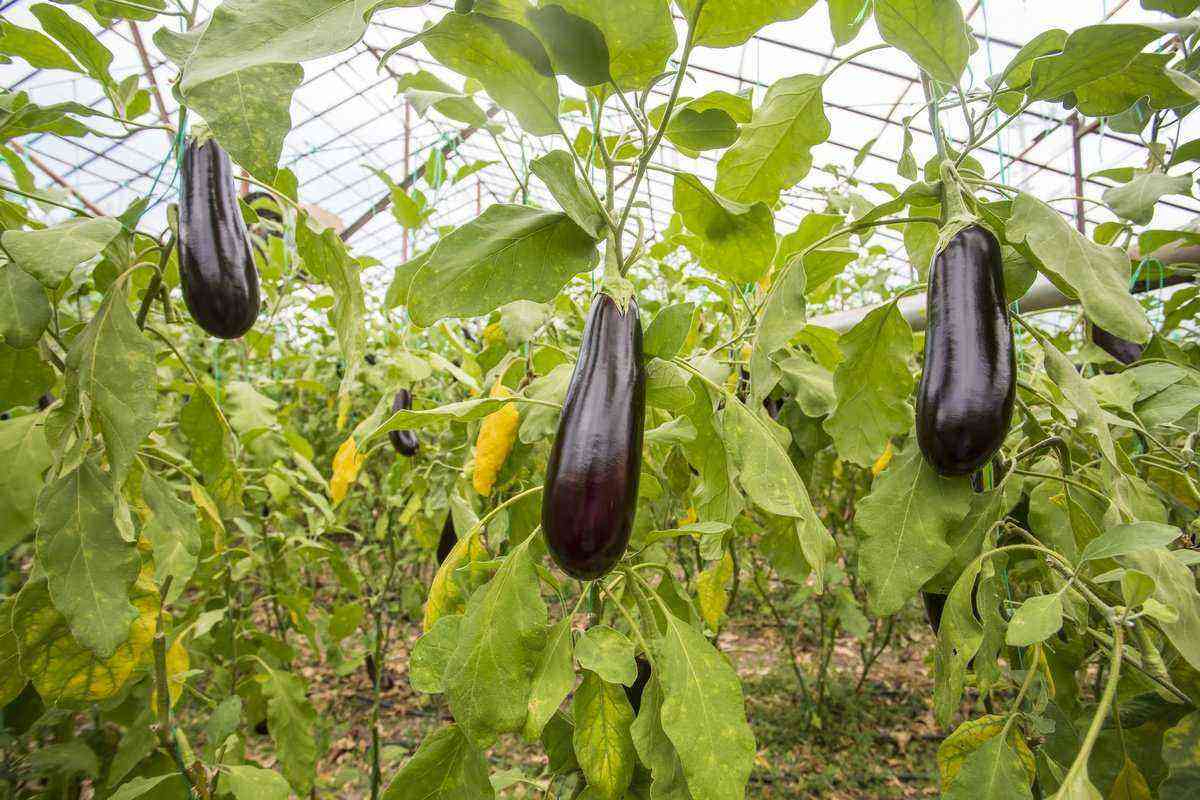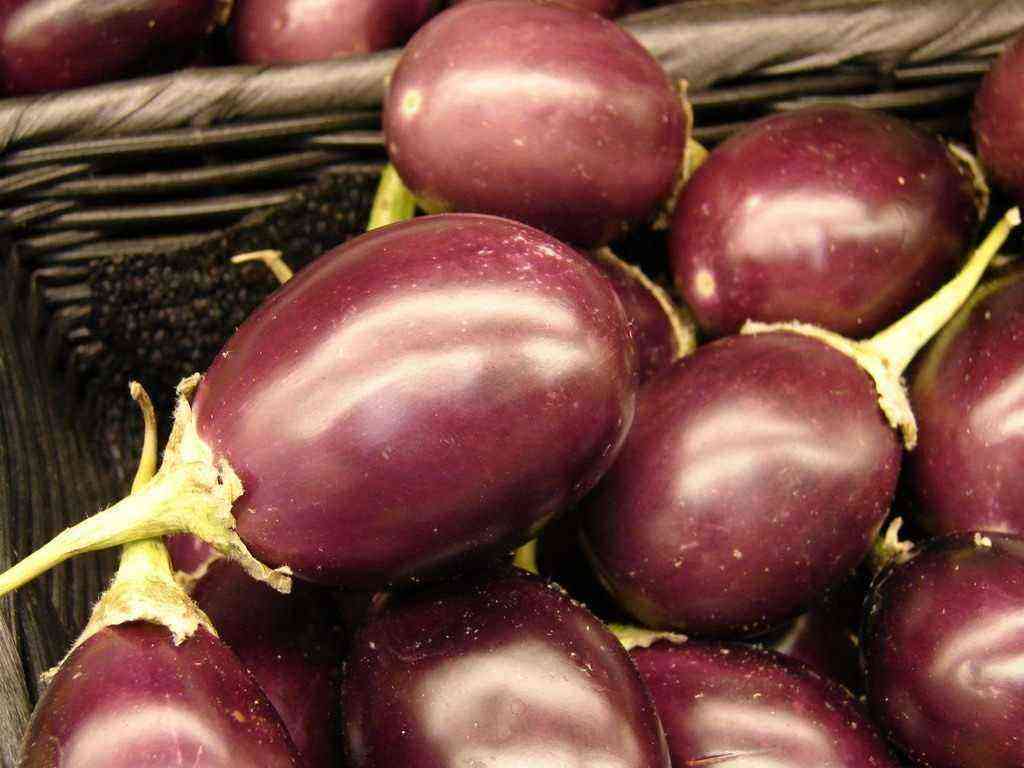Every summer resident knows how insulting it is when, with great care, the sown seedlings, with friendly shoots, rose and started to grow, and then, for no apparent reason, the leaves of the plants began to curl, turn yellow and fall off. For beginners, this phenomenon is very frustrating, but not for experienced gardeners. Indeed, in fact, “for no reason at all” does not happen. There are not so many reasons why the leaf blades of seedlings may begin to curl. In this article we will tell you why this happens to our seedlings and how to deal with it.
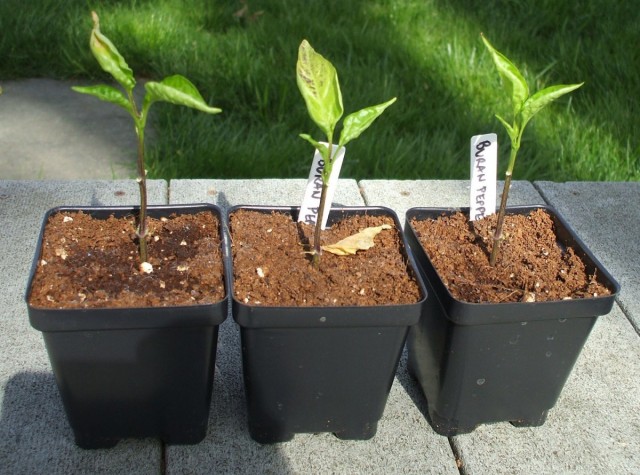 Twisted leaves on pepper seedlings. © Suburban Gardens
Twisted leaves on pepper seedlings. © Suburban Gardens
The main reasons that lead to twisting of the leaves of seedlings are:
- Uneven development of the leaf blade;
- Lack or excess of nitrogen, phosphorus or potassium in the soil;
- Wrong care;
- The impact of pests;
- Influence of various diseases.
Next, we will consider in detail the reasons for the curling of leaf blades of seedlings, and we will talk about how to prevent this phenomenon from occurring and what to do if the leaves have already curled up.
Uneven leaf development
It is more often observed in seedlings of pepper, a little less often in other crops. In the event that the central vein of the leaf blade develops much faster than the leaf itself, then ultimately this can lead to twisting or deformation of the leaf blade itself. This phenomenon is often temporary, you can not disturb the plants in vain and just wait a while. The leaf blade should develop fully over time and turn into a fully developed one.
Lack or excess of nitrogen, phosphorus or potassium in the soil
Seedlings respond especially negatively to a lack of phosphorus and potassium in the soil. With a deficiency of these elements in the soil, the leaf blades of the seedlings can begin to deform, twist and, as a result, become lethargic, as if losing turgor from a lack of moisture.
Often there is a change in the color of the leaf blades of seedlings, they can become lighter or, on the contrary, acquire a black-violet hue. Excess fertilizer in the soil also does not bode well, this phenomenon can also lead to curling of seedling leaf blades.
Prevention and control measures
So, both a lack and an excess of fertilizers in the soil can negatively affect seedlings. To understand what exactly the fertilizer is causing leaf curl, you must first assess the soil moisture, then carefully examine the leaf blades for punctures from sucking pests or spots caused by fungal infections. And if you find neither one nor the other, then with a high degree of probability the reason for this phenomenon lies in the amount of fertilizer in the soil.
Their excess is a rather rare occurrence. In this case, you need to transplant the plants into normal soil, free from excess fertilizer, but the lack of fertilizer in the soil can be eliminated easier – by applying them.
Immediately, we note that seedlings, in most cases, do not have enough potassium. The deficiency of this element causes curling of leaf blades. Potassium deficiency can be eliminated by adding potassium sulfate dissolved in water in the amount of 8-10 g per bucket of 50-100 g of solution for each plant or by adding wood ash, which contains about 5% potassium in its composition, as well as a number of important for the normal development of seedlings trace elements.
To apply wood ash, you first need to very carefully loosen the soil, then moisten it (preferably from a spray gun – for uniformity), and then sprinkle with a layer of wood ash 2-3 mm thick.
Wrong Care
This is a complex, multi-component cause, it includes a lack of lighting, an excess or lack of moisture in the soil, and an incorrect growing temperature. All these reasons can lead to the fact that the leaf blades of seedling plants are twisted, and with prolonged improper care, seedlings may die.
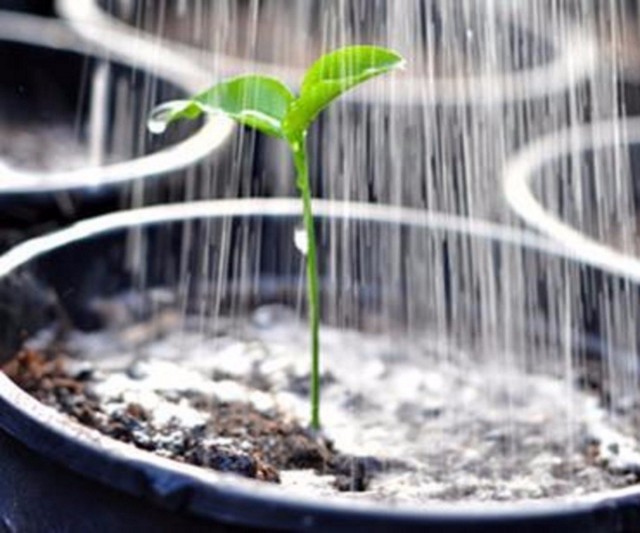 Watering seedlings is an important element of care. © DeRemate
Watering seedlings is an important element of care. © DeRemate
Prevention and control measures
As for watering, the soil should be kept slightly moist, avoiding excessive drying or excessive waterlogging of the earthen coma. You can understand that the soil is waterlogged if you see that the leaves on the seedlings are twisted up, and the leaves react to a lack of moisture by losing turgor and twisting the leaf blades down.
With a lack of moisture, the plants must be watered as soon as possible, with an excess, it is necessary to increase the temperature in the room by 4-5 ° C, stop watering for a while and loosen the soil daily, causing excess moisture to evaporate.
Lighting also plays an important role in the life of plants, so you need to try to provide seedlings with additional lighting on average for a couple of hours in the morning and evening, and in cloudy weather – during the day.
The temperature should not be too high or low, usually after sowing the seeds, they try to maintain the temperature at + 24 … + 25 ° С, after emergence (so that the seedlings do not stretch out, but get stronger) it can be reduced to + 16 … 18 ° С, but after a week – again raise to + 21 … + 22 ° С. At the same time, it is desirable to lower the temperature in the room where seedlings are grown at night by a couple of degrees.
Pest exposure
Often, seedlings, even grown at home, are attacked by pests. Aphids and spider mites can often be found on seedlings. These individuals are almost universal and infect the vast majority of crops grown through seedlings, and they can cause damage already in the early stages of seedling plants.
Since both aphids and spider mites are sucking pests, the first thing that can be seen on leaf blades is reddish spots at the puncture sites of the leaf, then the leaf loses turgor and curls. If the aphid can be easily seen with the naked eye, then the spider mite is not so easy to notice, most often it lives on the underside of the leaf.
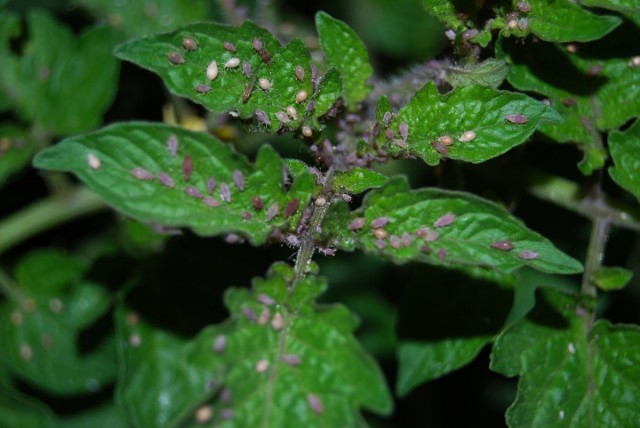 Aphids on the leaves of tomato seedlings. © pinsdaddy
Aphids on the leaves of tomato seedlings. © pinsdaddy
When turning over the leaf blade, you can see the cobweb, these are traces of the vital activity of this pest. When it is detected, there is no doubt that the plant is infected with a kidney mite. With severe damage to the leaf blades of seedlings, in addition to twisting the leaves, they can completely turn yellow and fall off.
Prevention and control measures
Pests can not only lead to twisting of leaf blades, but also cause complete or partial death of seedlings, so they must be fought very actively. When growing seedlings at home, it is undesirable to use “chemistry”, it is better to use folk remedies.
So, a tincture of onion peel can help to overcome aphids and spider mites, for which you need to pour a glass of onion peel with a liter of boiling water and let it brew for a day. Then the solution must be filtered and treated with plants every 3-4 days until the pests disappear.
You can additionally process the soil, for which it is necessary to prepare a pinkish, weak solution of potassium permanganate. Watering with such a solution should be carried out if the treatment with onion peel did not work. Use the solution carefully, no more than once a week.
Impact of various diseases
Most often, it is a fungal infection that can manifest itself with excessive soil and air moisture and low temperatures in the room where the seedlings are grown. The infection manifests itself in different ways, but usually these are spots on the surface of the leaf, which can change color as the fungus matures and spores form.
The vital activity of a fungal infection leads to the fact that leaf blades curl, change color, and eventually dry out and die. A very common fungal infection of seedlings that causes curling of leaf blades is blossom end rot.
Prevention and control measures
Let’s start with prevention – so that the fungal infection does not settle on your seedlings, it is necessary to periodically (once every ten days) treat the seedlings with 1% Bordeaux liquid, if signs of infection appear, then the seedlings should be treated with 2% Bordeaux liquid once every five days .
In addition to Bordeaux liquid, you can use a fairly effective infusion that combines garlic and onions. To prepare it, you need to crush a couple of onion heads and 4-5 cloves of garlic in a container and pour five liters of water at room temperature, let it brew for a day, strain and treat the affected plants with the resulting infusion.
Often, a solution of saltpeter is used, treating diseased plants with it. To prepare a high-quality solution, it is necessary to dissolve 150 g of saltpeter in ten liters of water, seedlings should be treated with this solution from a spray bottle until it recovers once every five days.
It is desirable to combine all treatments with the entry of fresh air into the room, that is, periodically ventilate the room where seedlings are grown by opening doors and vents.
When picking seedlings that have been affected by a fungal infection, it is necessary to add a mixture of tobacco dust, slaked lime and wood ash to the soil, 5-7 grams of each substance per kilogram of soil.
With a slight damage to seedlings by a fungal infection, whey can be used, which can be sprayed on the affected leaf blades.
We hope that our advice on the prevention and control of leaf curl will help you grow healthy seedlings and safely relocate them to a greenhouse or garden. How do you deal with this phenomenon? Share your experience in the comments to the article.
